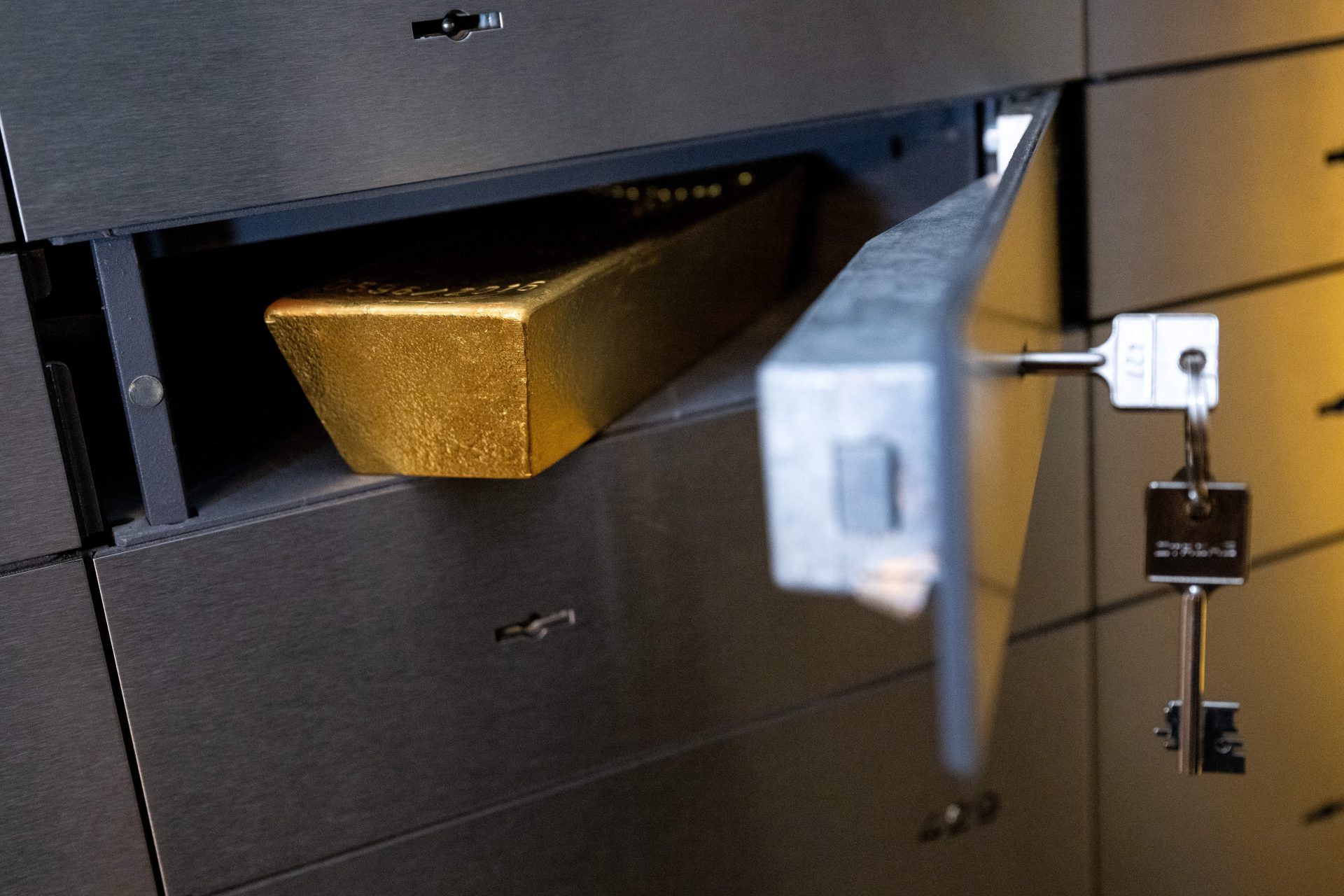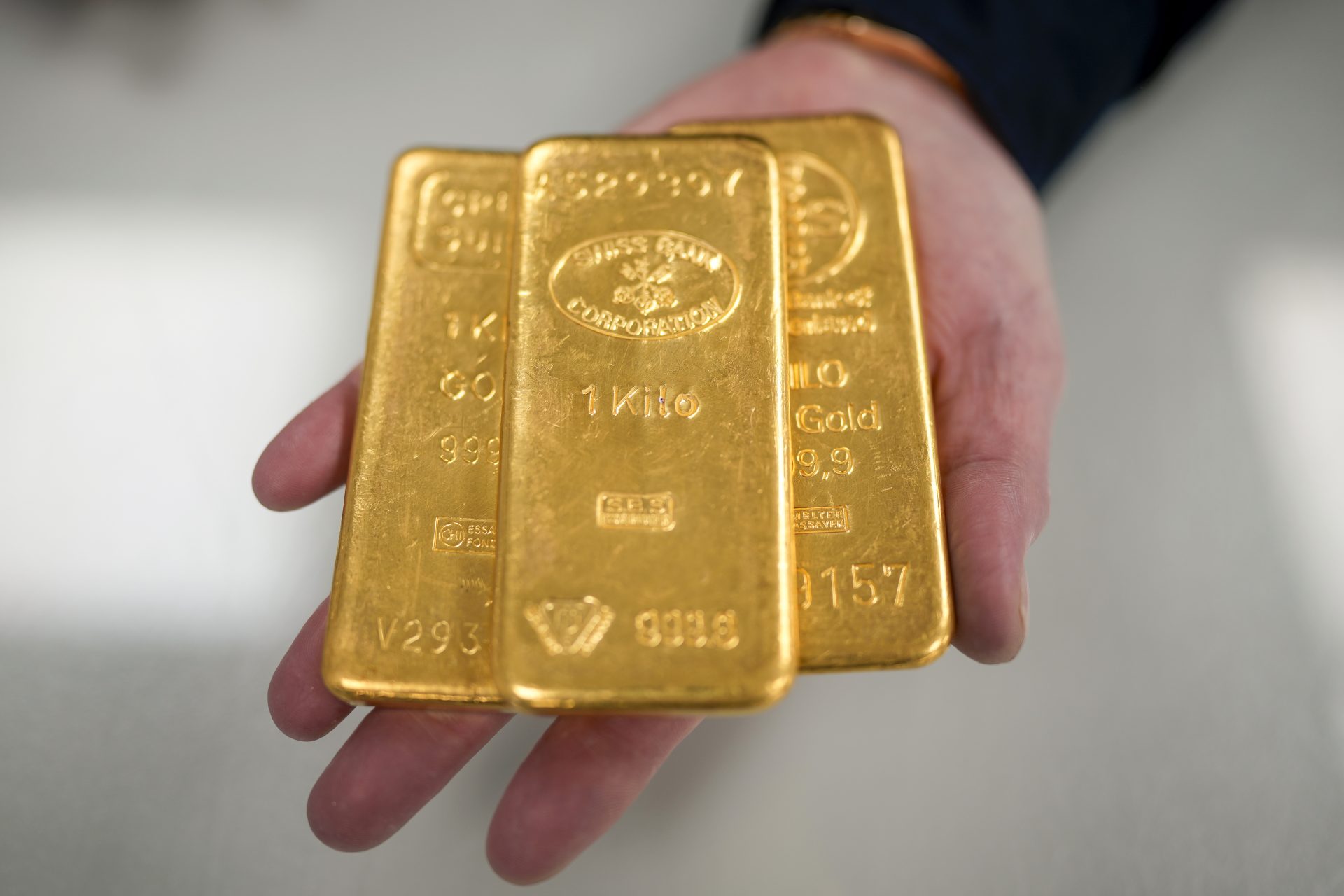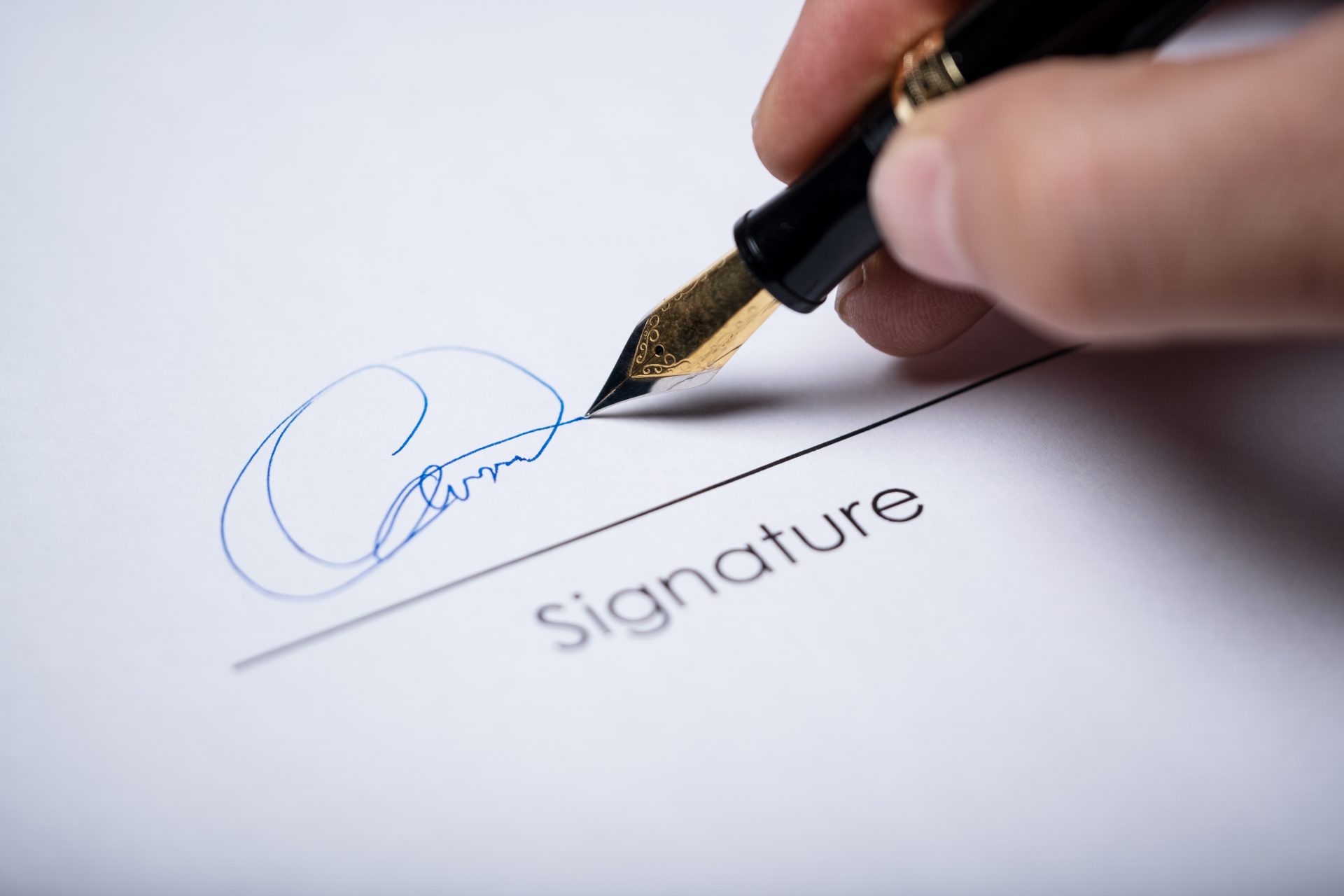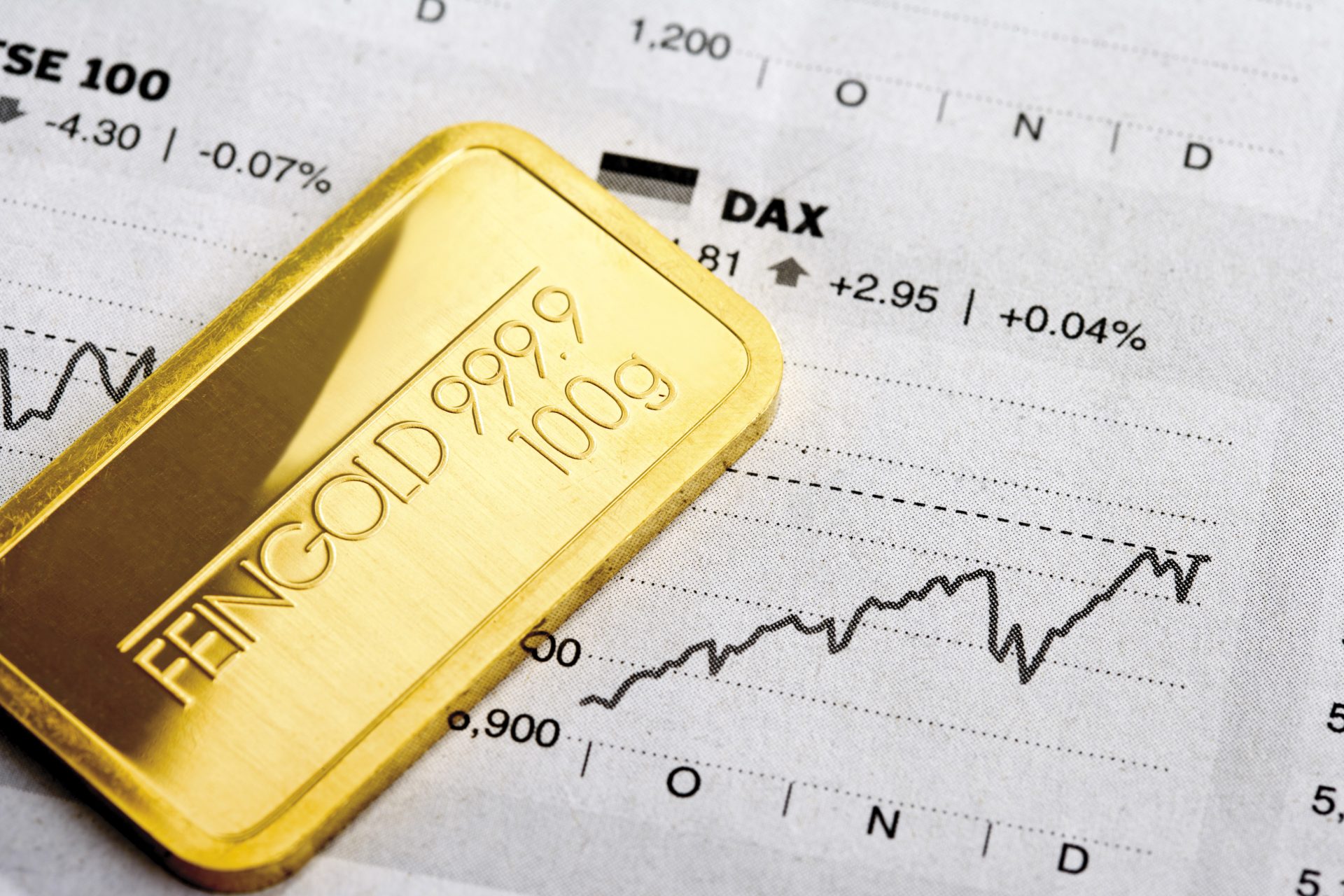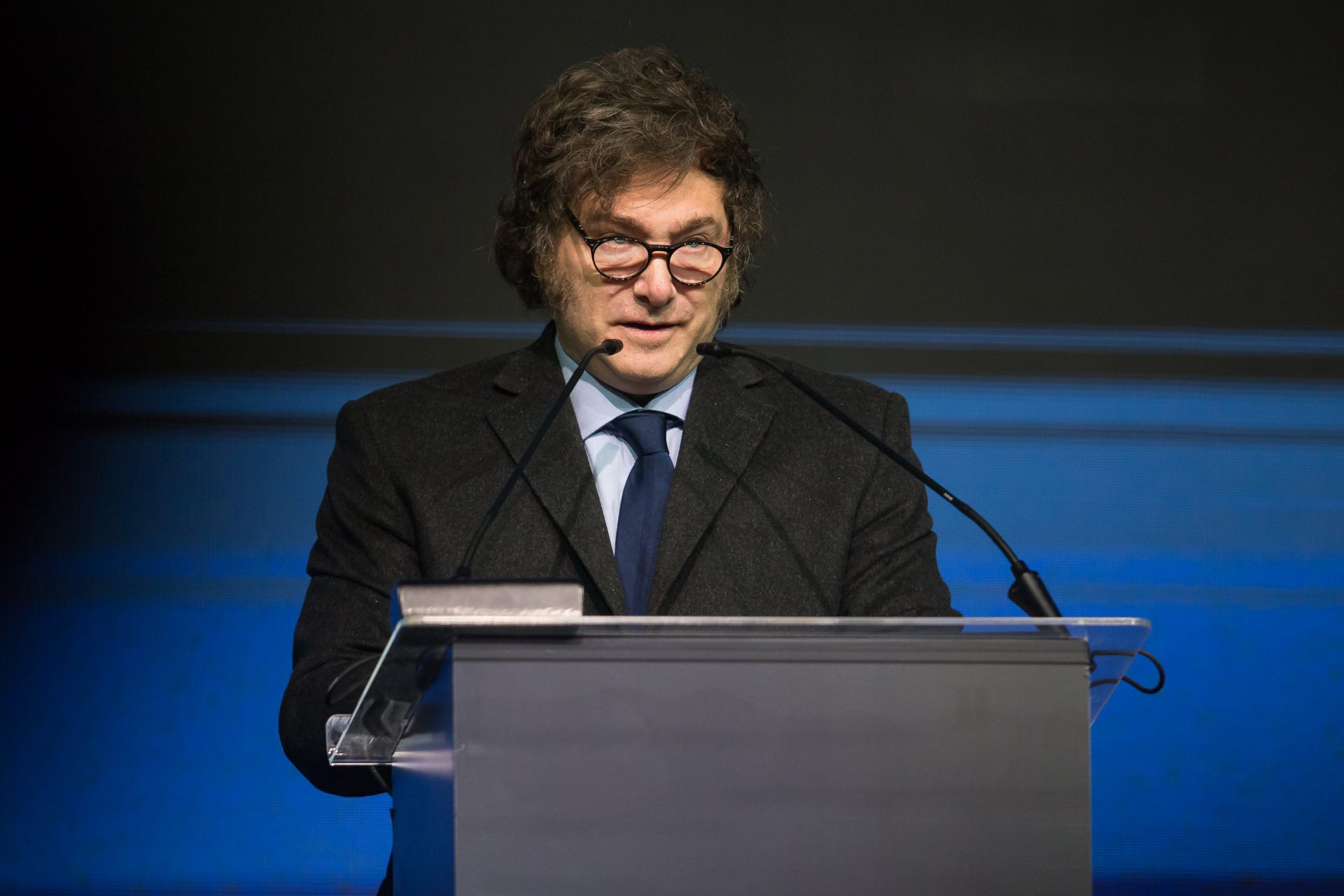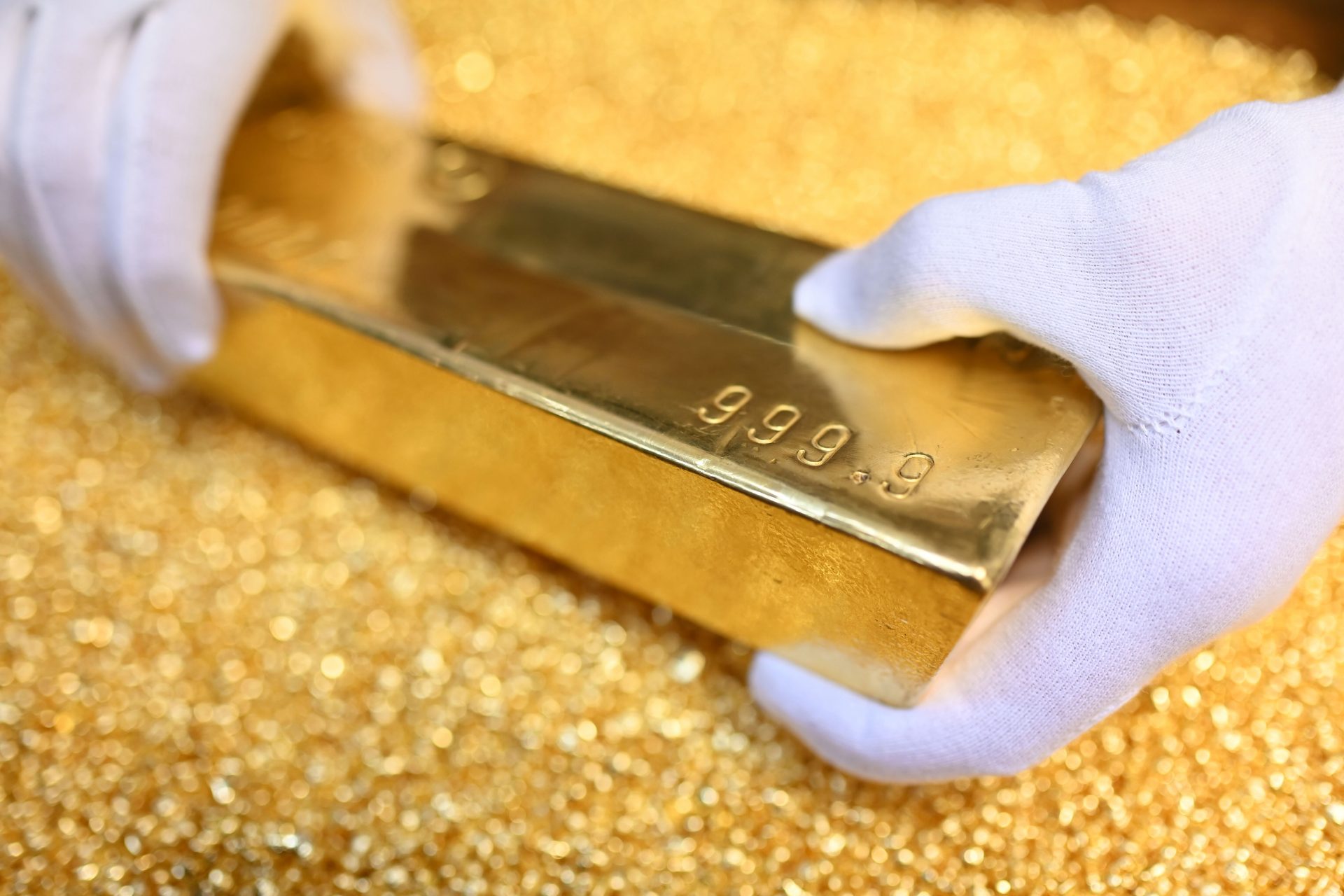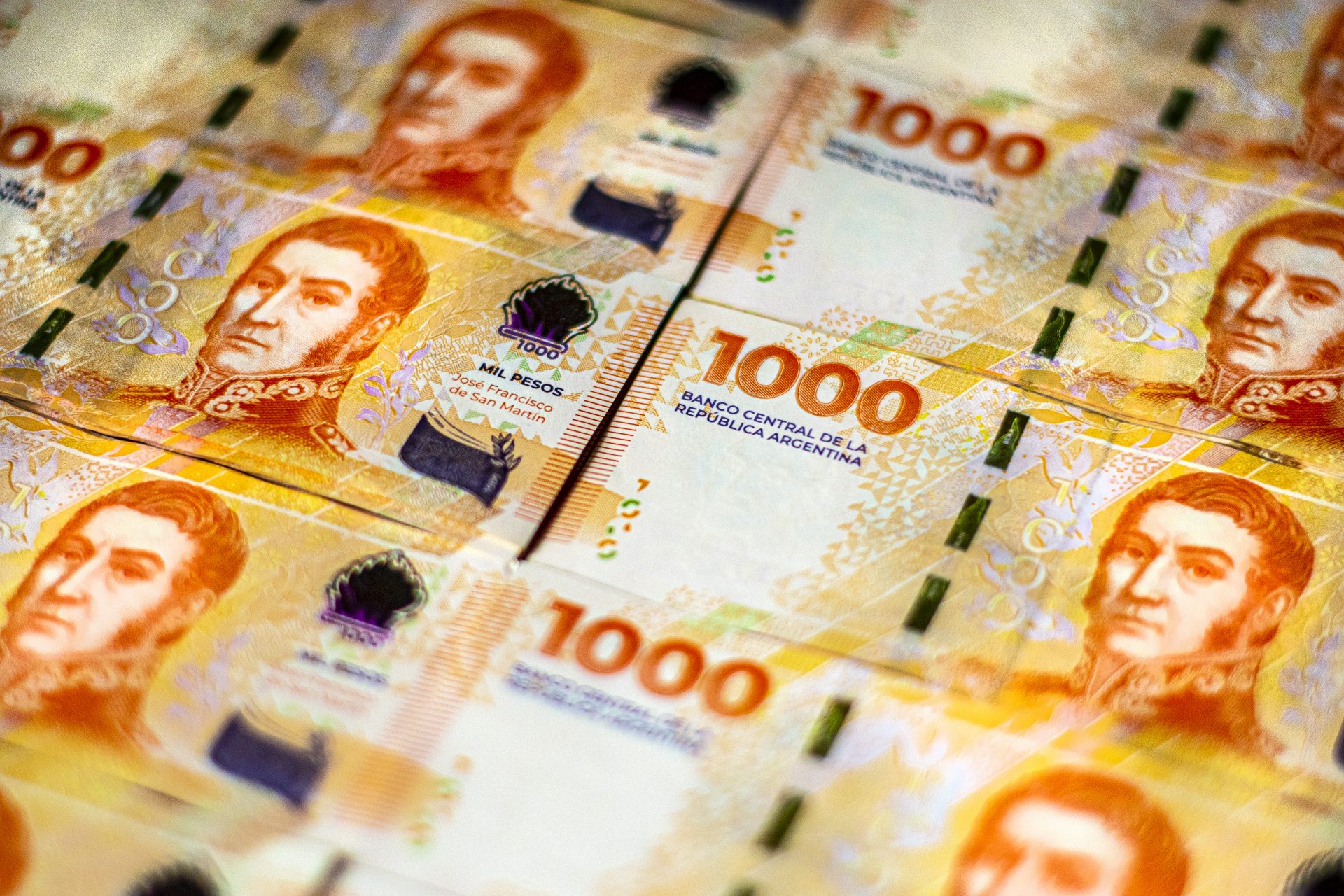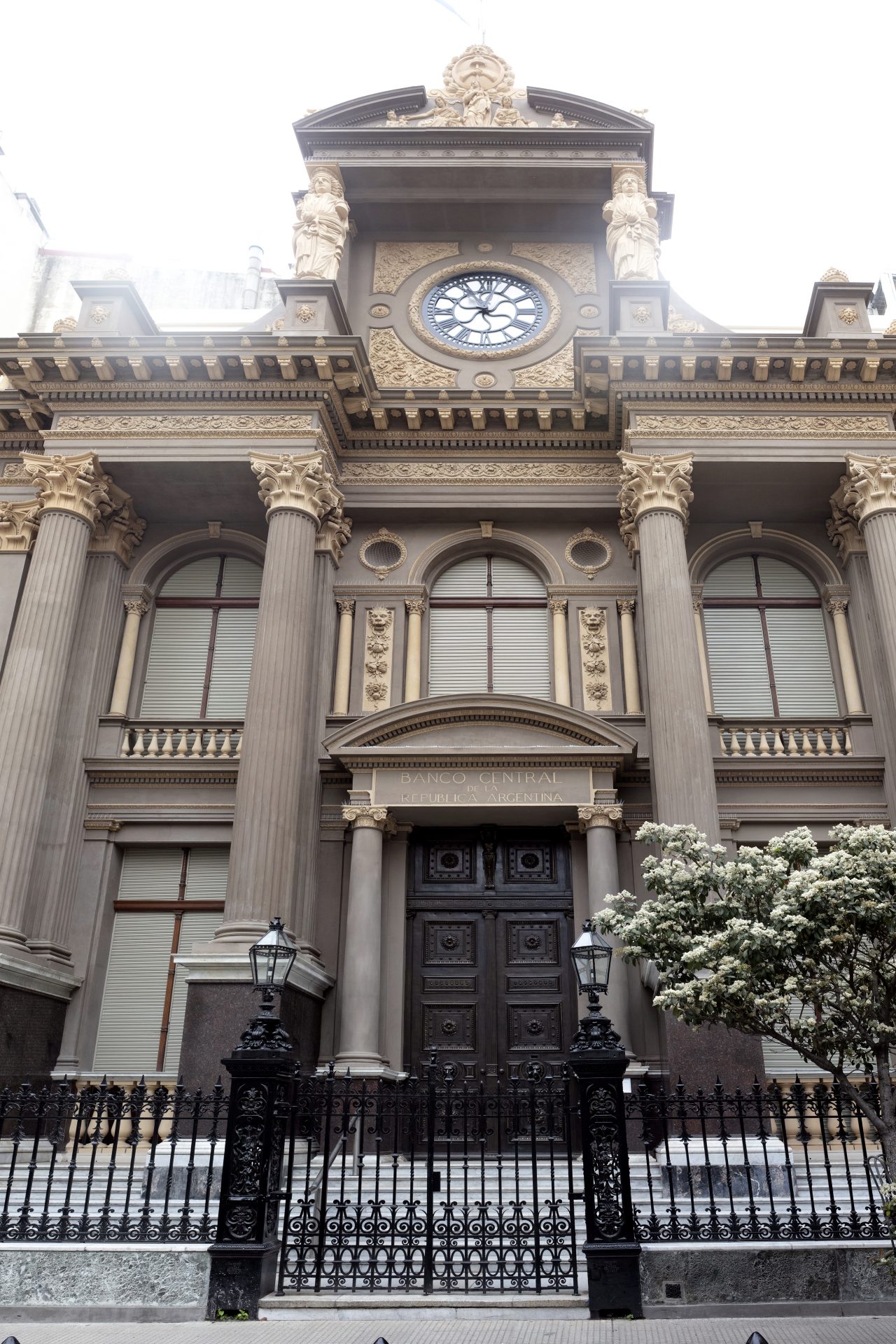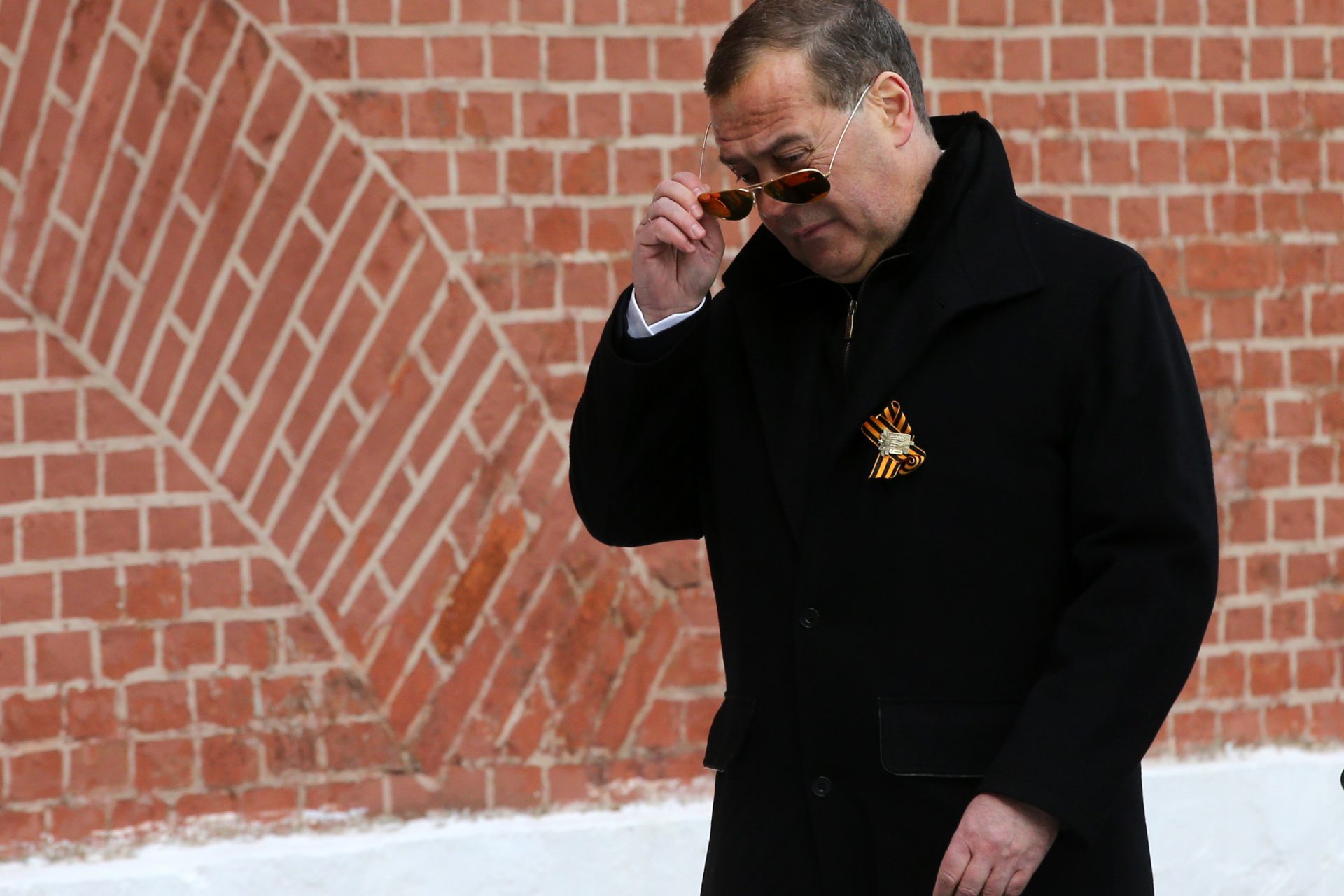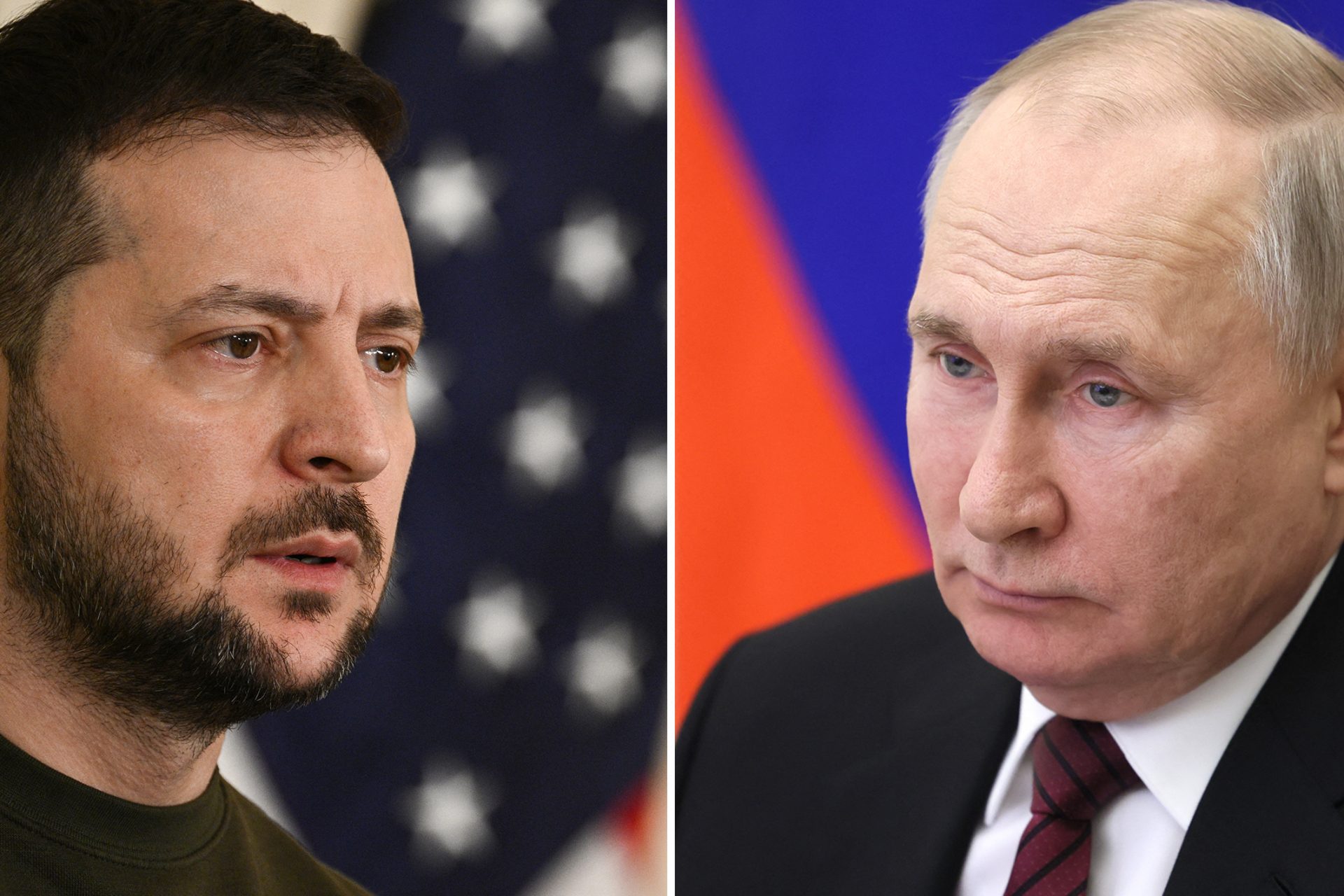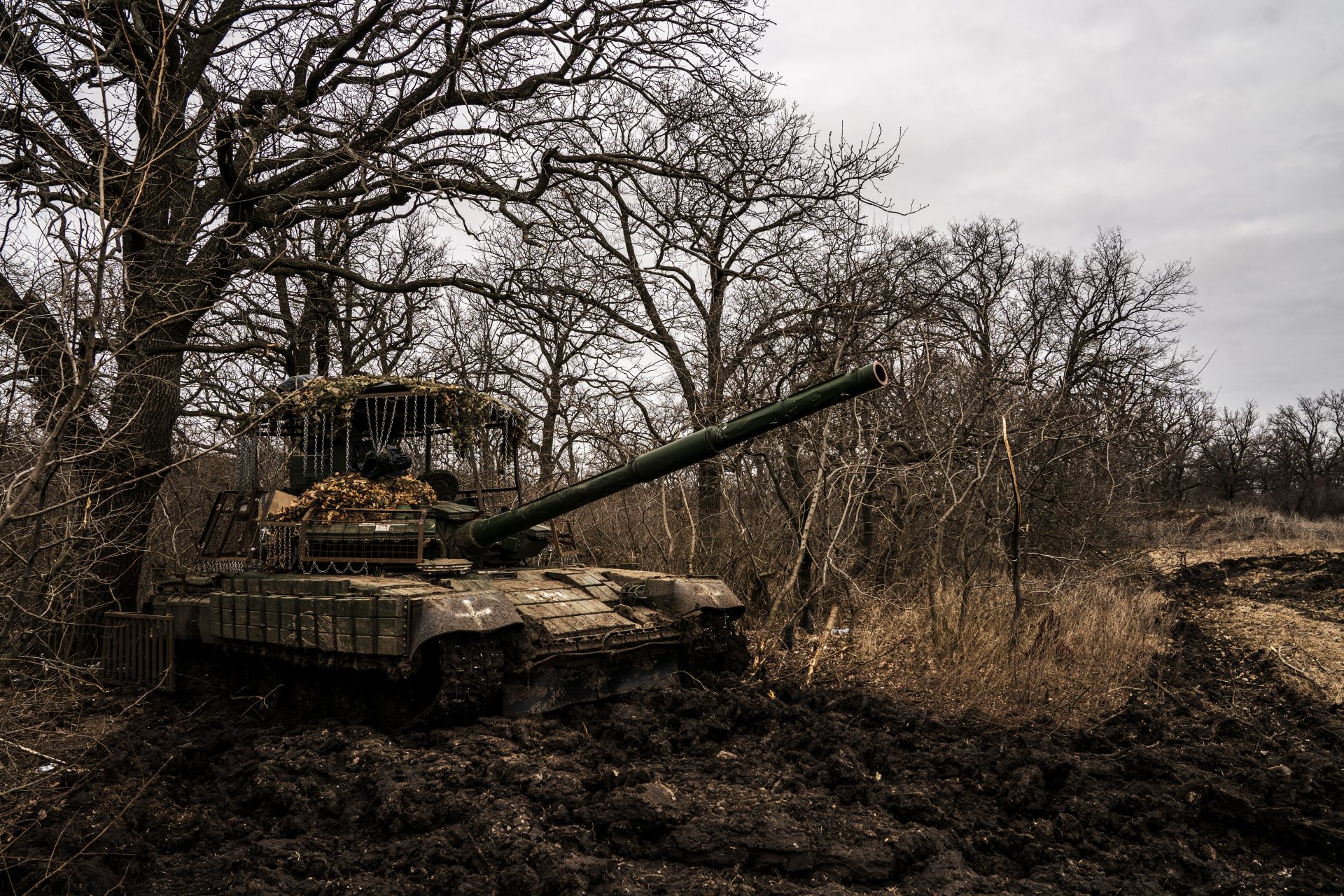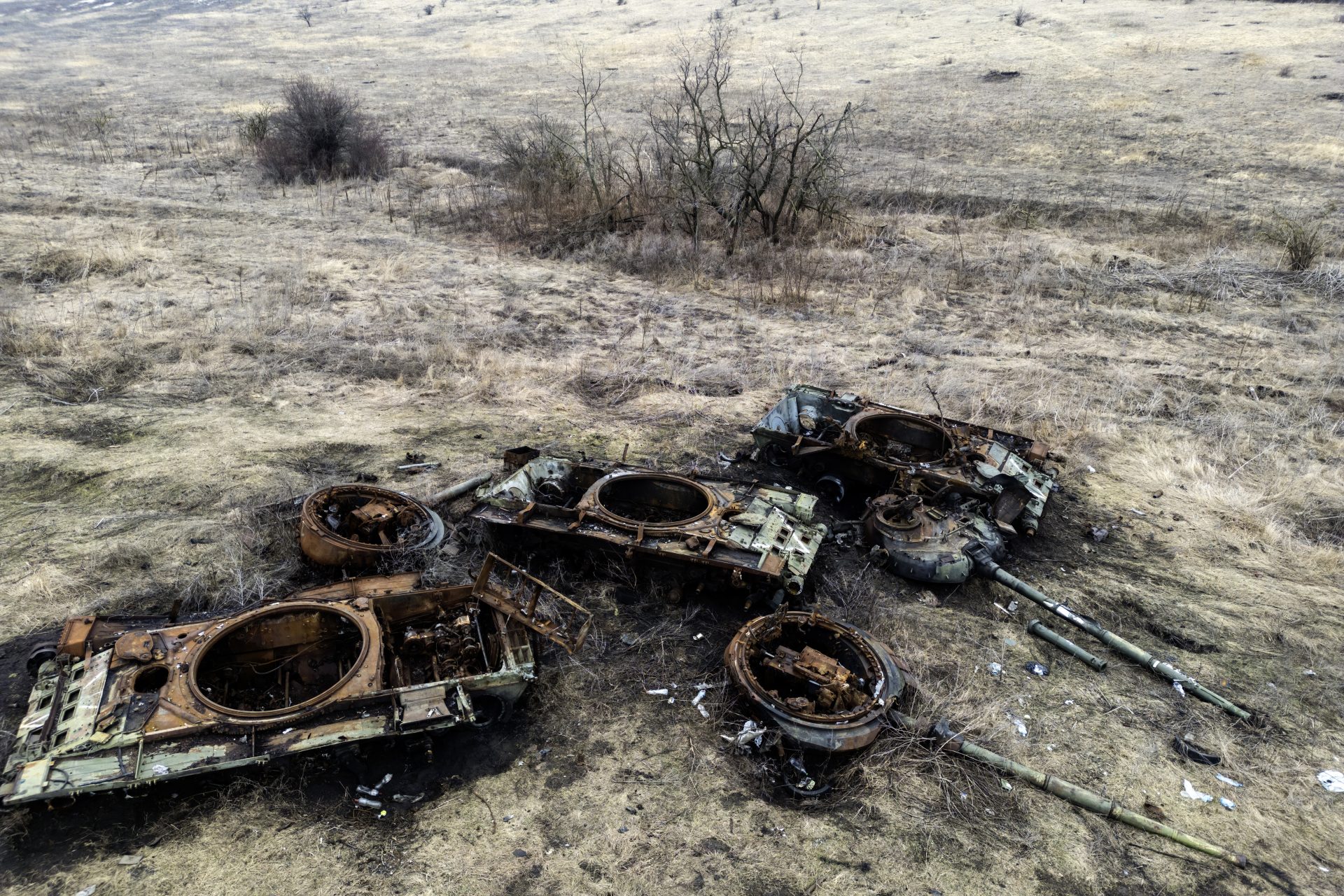The mystery of Argentinian gold that has the nation worried
It is common for a country to have a certain amount of gold in the safes of its Central Bank. In Argentina it is no different. But, after confirmation that at least part of this reserve was sent abroad, people want to know: where did it go? How much was it? What became of the Argentinian gold?
Recently, the Minister of Economy of Argentina, Luis Caputo, confirmed to the newspaper La Nación that there was an operation to send gold bars from the Central Bank of the Argentine Republic (BCRA) to the outside of the country.
According to the Government, this measure seeks to create an extra return on Argentinian assets. "If you have that gold outside, you can get a return on it and the reality is that the country needs to maximize the return on its assets. Having it locked up in the Central [Bank], without doing anything, is negative for the country," said the Argentine minister to the newspaper The Nation.
According to the Spanish newspaper El País, the news was released after the head of the bank workers' union, Peronist deputy Sergio Palazzo, presented a request within the framework of the Access to Public Information Law for the BCRA to detail "if there are operations to send gold bars abroad during the month of June.”
The request demands that the amounts involved be declared along with their destination, and the officials and administrative procedures involved. The Central Bank has 30 days to respond to the demand and has not yet done so, but the minister's statements confirm that there was such a movement.
The Minister of Economy did not specify how much or where the Argentine gold went, however, according to Clarín, it can be speculated that the amount could be in London or Basel. Another possibility would be that Argentina's "quiet" reserves in Basel have been moved, in a figurative sense, to generate returns.
According to Clarín, this year alone, the price of gold rose 16% on Wall Street, which means that just by holding the metal, the stock of reserves has risen about 600 million dollars since January. It is estimated that the BCRA has today, in gold, the equivalent of 4.6 billion dollars.
After the minister's interview, the Argentine president, Javier Milei, hinted that the movement of gold may be related to the possibility of using it as collateral in a bridge loan. According to El País, Milei also stated that a Repo (repurchase agreement) has been agreed to pay capital owed for about three billion dollars.
The measure divided expert opinion. Some see it as a usual operation. “Under normal conditions I think it is best to have gold abroad, it is more useful for the Central Bank and better for Argentines' dollar deposits,” Fausto Spotorno, director of the Business School of the Argentinian Business University, explained to El País.
Others believe that attitude has little place. “It goes against the international trend in the last two decades, which shows that many top-level countries seek to accumulate gold in anticipation of an eventual disruption of the global order,” says Ricardo Aronskind, researcher and professor at the National University of General Sarmiento, also for El País.
The greatest fear is, at the moment, the fear of embargoes, since there is the risk that the national reserves will suffer a judicial attack due to international demands from the country's creditors. In 2012, for example, the Frigate Libertad was detained in Ghana due to a claim by investment funds that was ultimately dismissed.
As La Nación recalls, these movements come in a context of doubt in the financial market about the Central Bank's ability to accumulate reserves. According to estimates by the bank's own vice president, net holdings are still negative by $3 billion.
More for you
Top Stories




